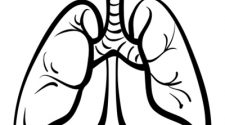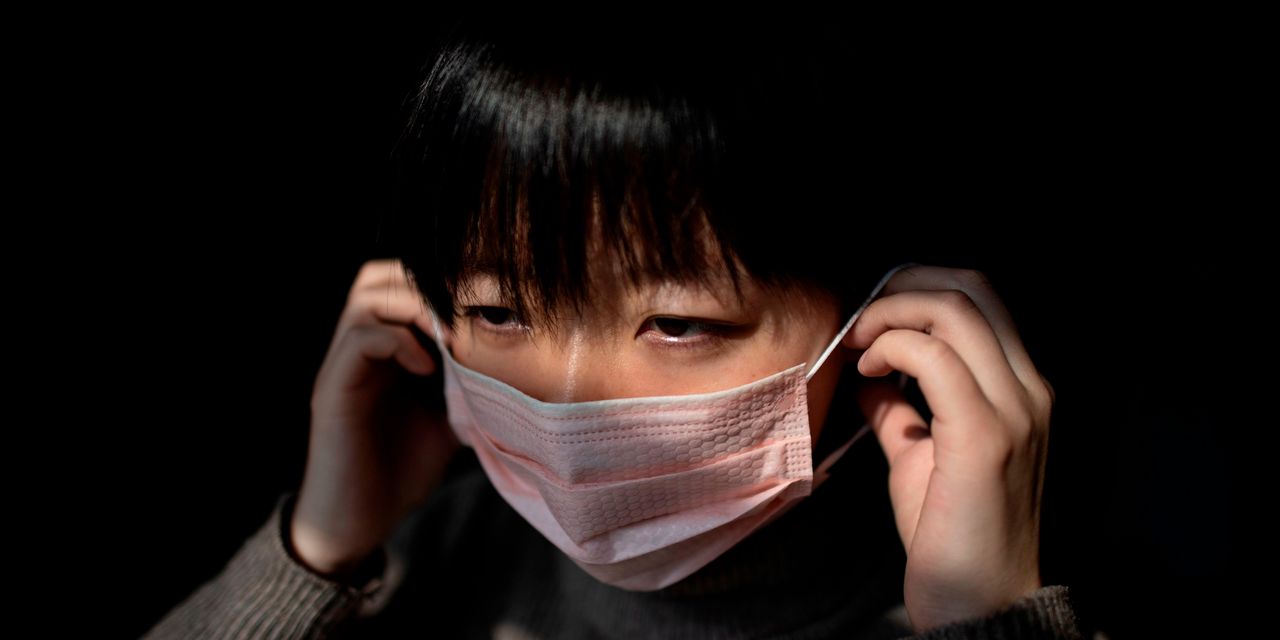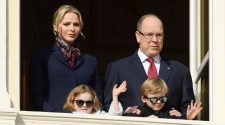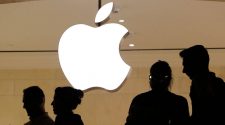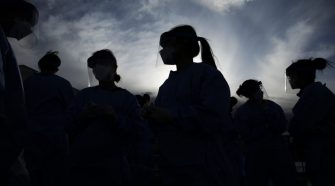Chinese markets dropped sharply Monday morning, reopening after the extended Lunar New Year break, because of heightened anxiety over the fast-spreading coronavirus and uncertainty about its impact on the global economy.
The benchmark Shanghai Composite Index fell 8.2% on the first trading day of the Year of the Rat, putting the index on pace for its steepest one-day decline since August 2015. The Shenzhen Composite dropped 8.3%.
The drops reflected how China was catching up with the rest of the world’s declines last week. Some exchange-traded funds that hold mainland-listed stocks fell 8% last week, foreshadowing the declines in Shanghai and Shenzhen.
Other market moves across Asia were more muted Monday. Hong Kong’s Hang Seng Index rose 0.4%, reversing earlier losses. Indexes in South Korea and Japan each fell less than 1%.
The offshore yuan weakened to 7.0085 to the dollar.
Consumer, transportation and financial stocks in China were among the many shares dropping by 10%, the maximum daily decline allowed. These included liquor distiller Wuliangye Yibin Co., beer maker
Tsingtao Brewery Co.
Ltd., and brokerages such as Citic Securities, Haitong Securities and Huatai Securities.
Hainan Airlines Holding and China Eastern Airlines Corp. also shed 10%. Transportation and tourism stocks have been among the hardest hit globally. Already, a number of airlines have canceled flights in and out of China, domestic travel and business activity have dropped, and conferences have been postponed. The fear of infection is keeping many people home.
“I would be surprised if we are back to any kind of normalcy by April even in a best-case scenario,” said Bill Bishop, a China watcher, over the weekend in his Sinocism newsletter on Chinese current events. “[China’s] financial system is likely to come under extreme pressure in the coming weeks.”
Monday’s selloff came as mainland-listed Chinese stocks traded for the first time since Jan. 23, two days before the start of the Lunar New Year holiday. The markets had originally been scheduled to reopen Jan. 31, but China extended the holiday break through Sunday in an attempt to slow the spread of the new coronavirus.
Photo:
noel celis/Agence France-Presse/Getty Images
The number of confirmed infections across China jumped sharply—from 830 cases on Jan. 23 to nearly 15,000 over the weekend—while the death toll climbed to 305 from 25 over that period.
“Until the rate of new cases peaks, equities are in limbo—too late to sell, too early to buy,” said Sean Darby, global equity strategist at Jefferies.
Markets outside of China, including the U.S., have also been battered by the spreading virus and uncertainty over its potential to damage global growth. On Friday, the S&P 500 suffered its worst day since August, wiping out early year-to-date gains.
S&P futures rose 0.7% in Sunday evening U.S. trading.
Several economists and market watchers have slashed their forecasts for Chinese economic growth because of the virus.
“The disruption in China is likely to have bigger global repercussions now than in 2003,” said Ben May, director of global macro research at Oxford Economics, referring to when China was hit by the outbreak of severe acute respiratory syndrome, or SARS.
When Chinese markets were closed, authorities advised market participants not to panic. The securities regulator said last week that investors should look at the coronavirus “rationally and objectively” and that market participants should “adhere to the concept of long-term investment and value investment.”
China’s central bank separately said it would inject 1.2 trillion yuan ($173 billion) of liquidity into the market.
Write to Steven Russolillo at [email protected] and Xie Yu at [email protected]
Copyright ©2019 Dow Jones & Company, Inc. All Rights Reserved. 87990cbe856818d5eddac44c7b1cdeb8


